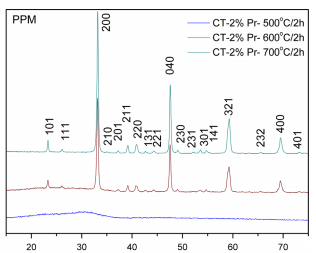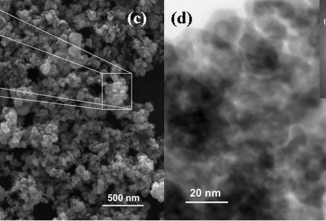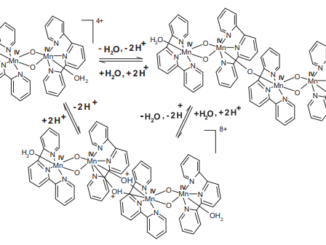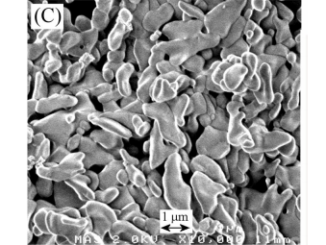
Synthesis of Pr3+-doped CaTiO3 using polymeric precursor and microwave-assisted hydrothermal methods: A comparative study
Abstract: Praseodymium-doped calcium titanate, CaTiO3:Pr3+, powders (0 and 2 mol% Pr3+ ions) were synthesized using the polymeric precursor and microwave-assisted hydrothermal methods. Both methods appear to be efficient in preparing photoluminescence materials because they require low temperatures and very short reaction times. Several characterization techniques were used to evaluate the influence of structural disorder on the reactions and properties of the materials produced. X-ray diffraction and Rietveld refinement were used to confirm that syntheses were successful. Raman spectroscopy revealed significant details of the structures of the materials produced. FE-SEM images were used to determine the shapes and dimensions of the products. Morphologies were found to be dependent on the synthesis method used. PL spectra showed Pr3+ emission lines at approximately 612 nm when the CT:Pr3+ powders were excited with a 350.7 nm laser. These lines correspond to D-1(2)-> H-3(4) transitions. (C) 2015 Elsevier Ltd and Techna Group Sr.!. All rights reserved.
Author(s): Goncalves, RF; Lima, ARF; Godinho, MJ; Moura, AP; Espinosa, J; Longo, E; Marques, APA
CERAMICS INTERNATIONAL
Volume: 41 Pages: 12841-12848 Published: DEC 2015
PDF: Synthesis-of-Pr3–doped-CaTiO3-using-polymeric-precursor-and_2015_Ceramics-I




